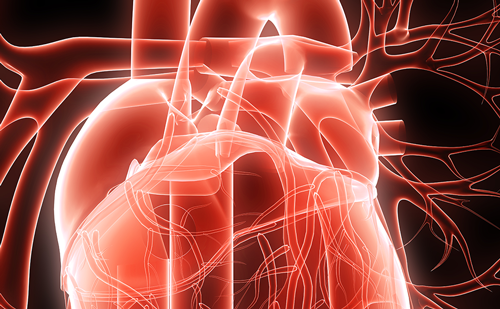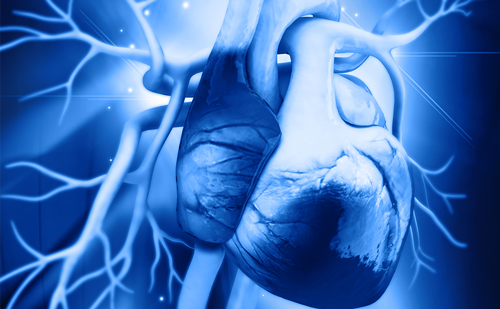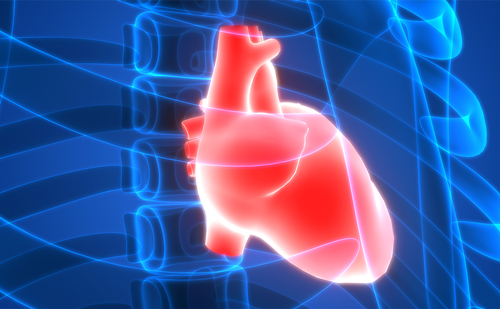Background: Leadless pacemakers were developed as an alternative pacing modality in patients who cannot undergo transvenous pacing. Early data suggested a good safety and efficacy profile, however real-world data is limited.
Purpose: To report our single tertiary centre experience in leadless pacemaker implantation.
Methodology: All consecutive patients who underwent leadless pacemaker implantation at Liverpool Heart & Chest Hospital between July 2015 and May 2019 were prospectively included. Written informed consent was obtained from each patient. Femoral venous access was obtained using ultrasound guidance. A 27 Fr delivery sheath was inserted via the femoral vein using ultrasound guidance. The Micra™ VR (Medtronic) pacemaker was implanted into the right ventricular septum using fluoroscopy guidance. All procedures were elective and performed under general anaesthesia with planned overnight admission for observation. Clinical Audit & Effectiveness Group (CAEG) approval was obtained and practice in accordance with National Institute of Health & Care Excellence (NICE) guidelines.
In total 28 cases were performed of which 71% were male, median age 68 years. Commonest pacing indications included complete heart block (61%), sinus node dysfunction (25%) and second-degree atrioventricular block (Mobitz type 2) (7%).
Commonest reasons for using a leadless pacemaker included previous system extractions (43%), vascular access restrictions precluding transvenous pacing (21%) and patient preference due to psychological concerns (18%).
Pacing check at the time of insertion were as follows:
- Mean threshold 0.56 @ 0.24ms ± 0.23
- Mean R wave measurement 12.2mv ± 5.2
- Mean impedance 747 ohms ± 190 (mean ± SD)
Acute procedural success was 100%. Acute complications included superficial groin haematoma (n=4), fever treated with antibiotics (n=1) and urinary retention requiring urethral catheterisation (n=1). All patients were followed up in pacing clinic with normal pacemaker function. There were no major long-term complications. One patient developed pacemaker syndrome and required a traditional transvenous DDD pacemaker. At one month follow up 25% were >90% paced, 50% were paced less than 3% and battery longevity was >3.01V (>8 yrs). Our real-world data suggests that leadless pacemaker implantation is a safe and effective alternative for patients who cannot undergo transvenous pacing.







